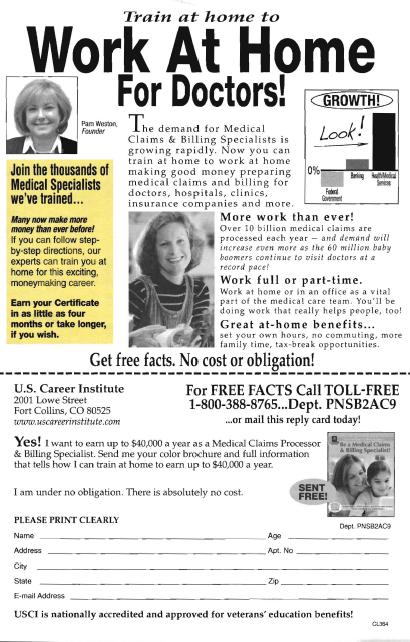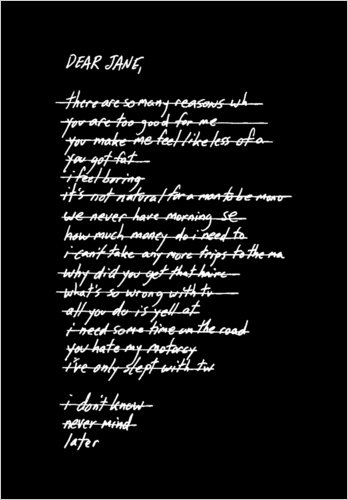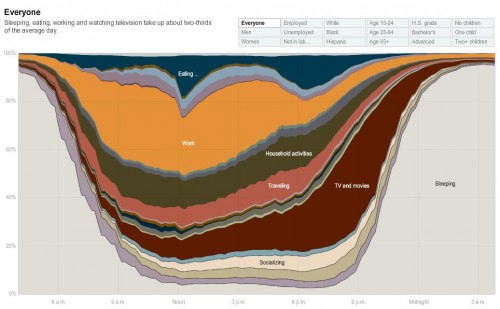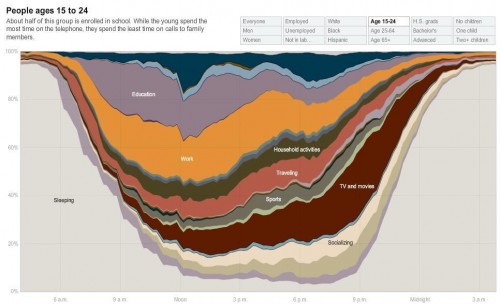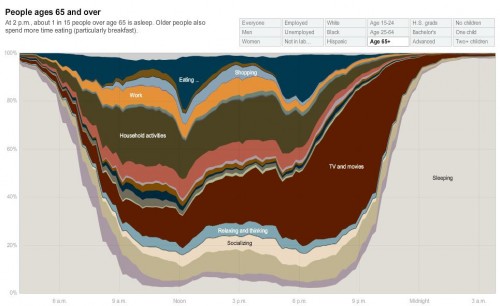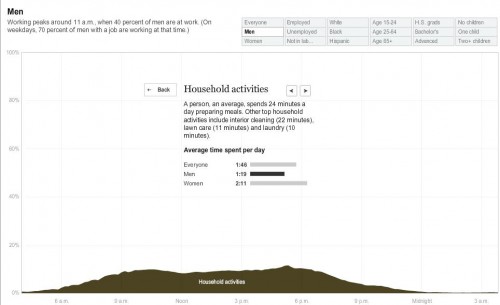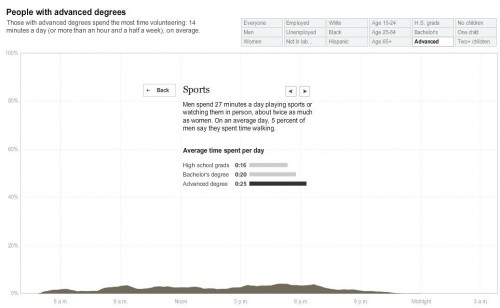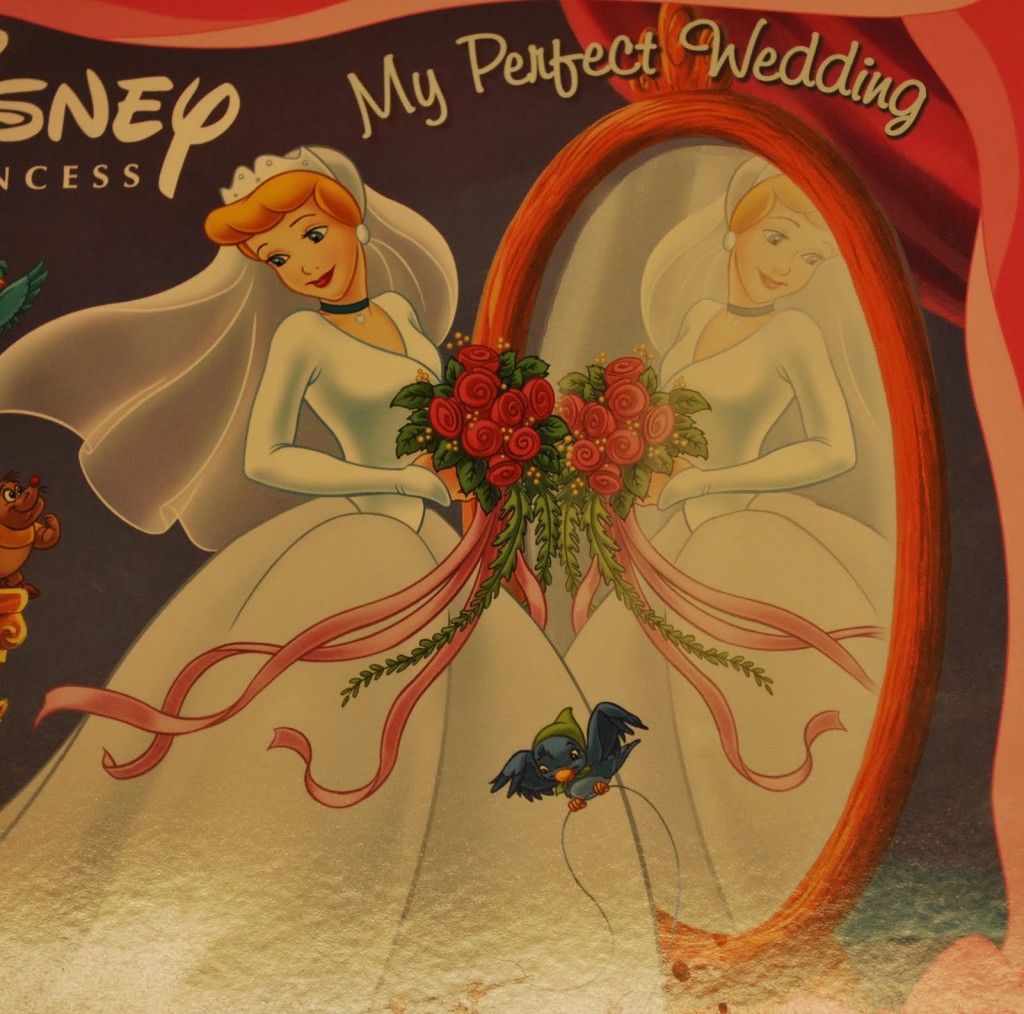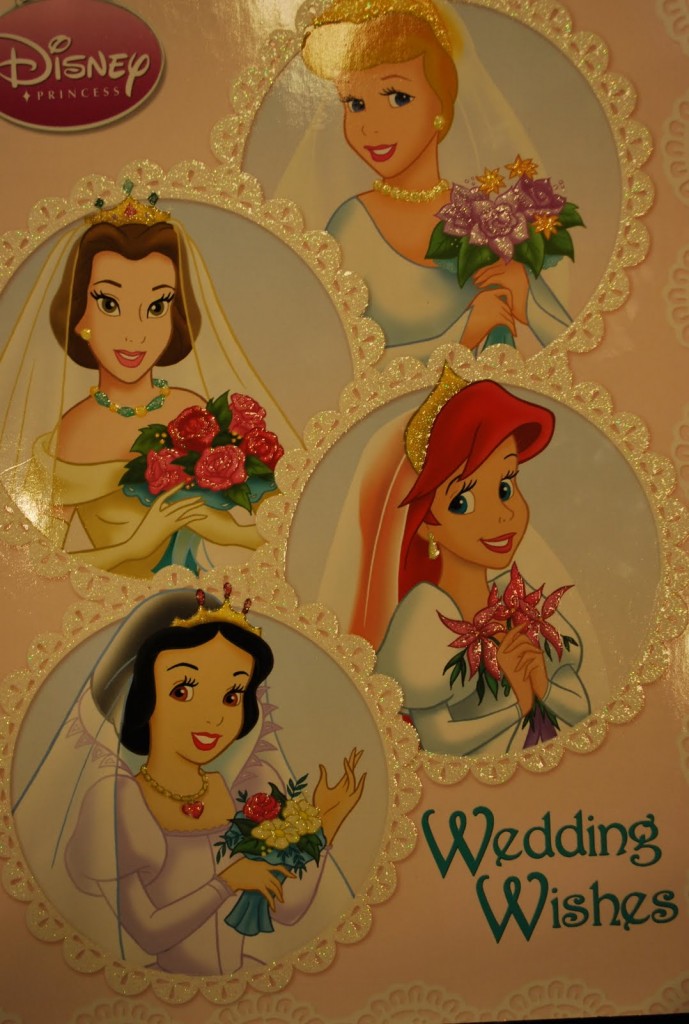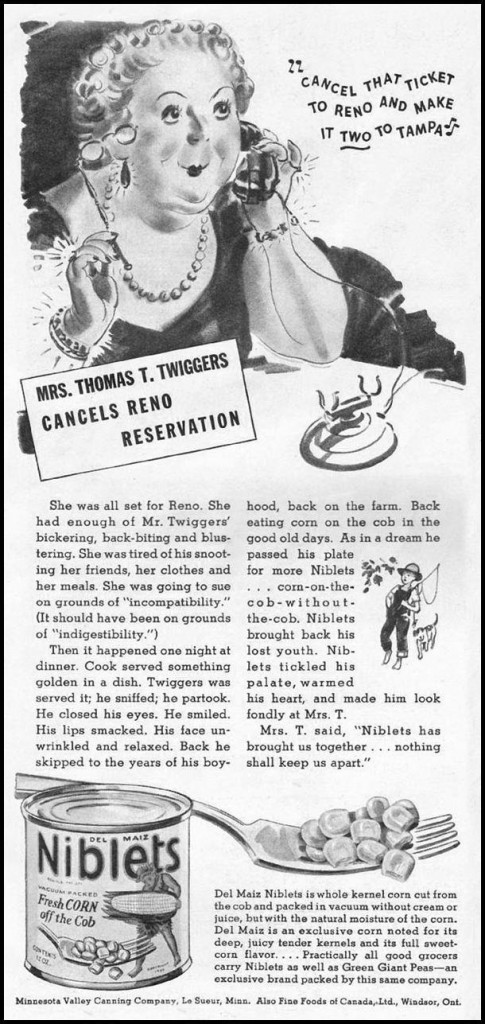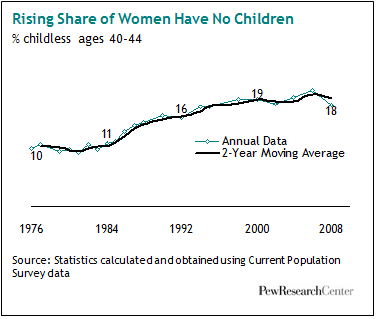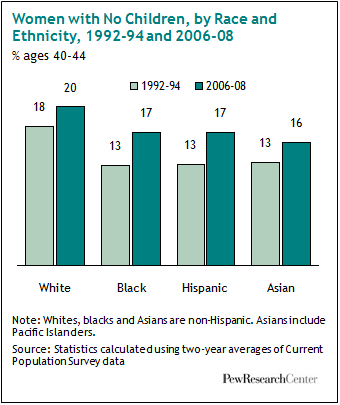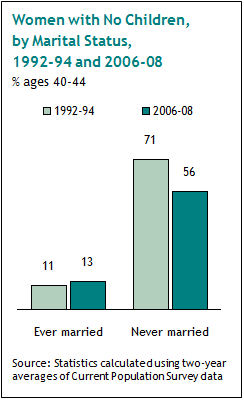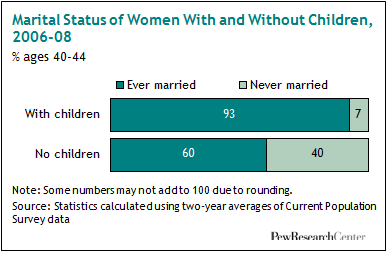Following up on our most recent re-cap of data analysis from OkCupid, sent in by Sara P. and an Anonymous Reader, in this post I summarize their findings on reported sexual orientation and recorded messaging.
It turns out that a whopping 80% of all users who identify as bisexual message men or women, but not both.
The reasons for this are likely complex, diverse, and not immediately obvious.
Blogger Christian Rudder’s hypothesis:
This suggests that bisexuality is often either a hedge for gay people or a label adopted by straights to appear more sexually adventurous to their (straight) matches. You can actually see these trends in action…
The figure below plots age against the percent of self-identified bisexual men who message both men and women, only women, or only men. The percent that are bi in practice as well as theory message both men and women drops by about half between the ages of 18 and 54 (from about 20% to about 10%), but men in their 30s and early 40s are much more likely to message only women. Ticking biological clocks and hopes for a wife and kids perhaps?
The narrowing blue swatch may reflect the possibility that men who once identified as bisexual have come to terms with being plain ol’ gay (but the data isn’t longitudinal, so it may be a cohort thing instead of a life stage thing).
Or perhaps the distribution is the result of an interaction between age and who it’s easy to meet. Maybe young bisexual guys have an easy time meeting women and turn to the internet to meet men; whereas men in their 30s and beyond find it easy to meet men and so turn to the internet to meet women?
Other ideas?
 For women who identify as bisexual, the percentages messaging both men and women, just women, and just men show less of a trend across age.
For women who identify as bisexual, the percentages messaging both men and women, just women, and just men show less of a trend across age.
 Overall, however, 75% of women who identify as bisexual are not messaging both men and women. Rudder suggests that there may be a social desirability factor here; that is, that straight women know that men are into bisexual chicks and, so, they claim to be bi in order to appeal to the dudes.
Overall, however, 75% of women who identify as bisexual are not messaging both men and women. Rudder suggests that there may be a social desirability factor here; that is, that straight women know that men are into bisexual chicks and, so, they claim to be bi in order to appeal to the dudes.
UPDATE: I recommend reading the comments thread for a great discussion of sexual fluidity, the meaningulness of labels like “bisexuality,” and lots more good ideas for why this data looks like it does.
Also from OK Cupid: the racial politics of dating, what women want, how attractiveness matters, age, gender, and the shape of the dating pool, older women want more sex, and the lies love-seekers tell.
Lisa Wade, PhD is an Associate Professor at Tulane University. She is the author of American Hookup, a book about college sexual culture; a textbook about gender; and a forthcoming introductory text: Terrible Magnificent Sociology. You can follow her on Twitter and Instagram.



